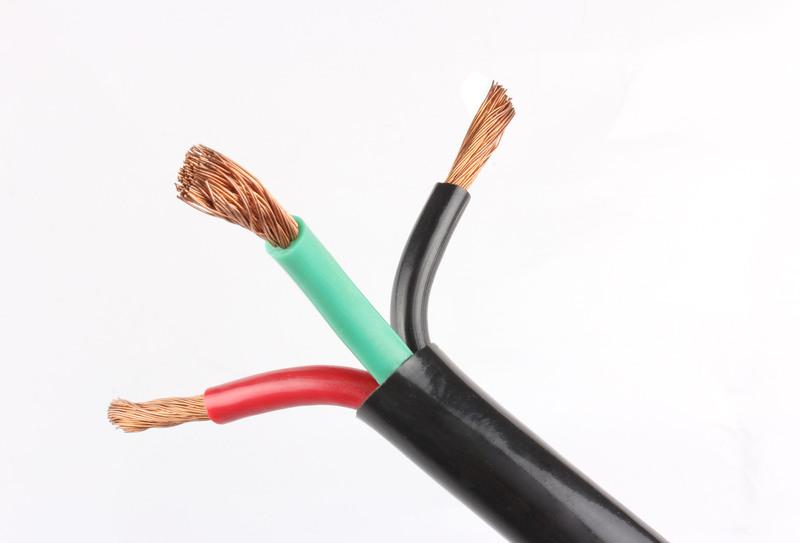
Whether it is Solid-core or fiber-core copper cables, they are both often used for electrical system applications and cable circuits. Each type of cable has its own advantages and is usually used for different purposes, depending on the installation location, the load to be used, the installation method, and other factors.
Learning more about these two types of cables can help you choose the right cable for your needs. Following are the main differences between solid-core and fiber-core copper cables that you need to know.
Solid cable is a cable consisting of a metal (usually copper) core or a single wire with a solid form as a medium for transmitting electrical energy. This type of cable is ideal for outdoor use where higher durability is required. Due to its sturdy and heavy form, solid-core cables are resistant to all kinds of weather and extreme environmental conditions, so they are often used as media for other outdoor applications.
Fiber core cable, or often referred to as stranded wire, is a cable with many thin metal (usually copper) cores twisted and insulated with a non-conductive layer. Fiber core cables are more flexible than solid core cables, making them ideal for connecting electronic components and movable equipment, as well as simplifying installations that require bending and twisting of cables. Due to this high flexibility, fiber core cables are more often used for indoor needs such as electronic device cables, circuit boards, and speaker cables.
By understanding the advantages and disadvantages between solid core and fiber core cables, it will ultimately help determine the choice of cable that is suitable for your needs. Well, here are the main differences between solid-core cable and fiber-core cable.
Solid-core cables have a thick copper core, which means they can carry more current. While fiber cables consist of several thin cores with possibilities of air gaps, resulting the electric current that flows within are much less. When you have to choose between these two types of cables, keep in mind that Solid-core cables can offer higher current capacities.
As previously mentioned, because fiber core cables are made up of several thin copper cores, they offer greater flexibility, making it easier for you to install them in areas where bending and twisting of the cable is required. On the other hand, Solid-core cables have copper cores that are thick, hard, and stiff, making them difficult to bend and twist.
The production cost of Solid-core cable is much lower than that of fiber-core cable, making it a more affordable option.
In addition to lower manufacturing costs, solid-core cables also have an easier manufacturing process. While fiber core cable requires a more complex manufacturing process, because the entire cable core must be stranded together.
For long-distance power transmission, solid-core cables are a better choice because they are capable of transmitting current at a higher scale. While the fiber core cable are best used for short distance electricity transmission only.
When you compare the best cable options, there really isn't a superior choice between solidcore or fiber-core cable. However, both types of cables offer its own advantages depending on the applications.
When you have to choose between copper core and fiber core cables, there are many important factors you need to consider, from installation location, cost, environment, application, to durability. Make sure you only use the most effective and efficient cable type for your needs.
Other Interesting Information:
1. Wilson Cables Electric Cables Rate per Meter
2. 7 Reasons Why Copper Is Often Used In Electric Cables
3. 5 Techniques for Connecting Electrical Cables are Good and Correct
4. Benefits of Electrical Grounding at Home and How to Install It
5. 6 Tips to Keep Home Electricity Safe When Going Homecoming for Eid